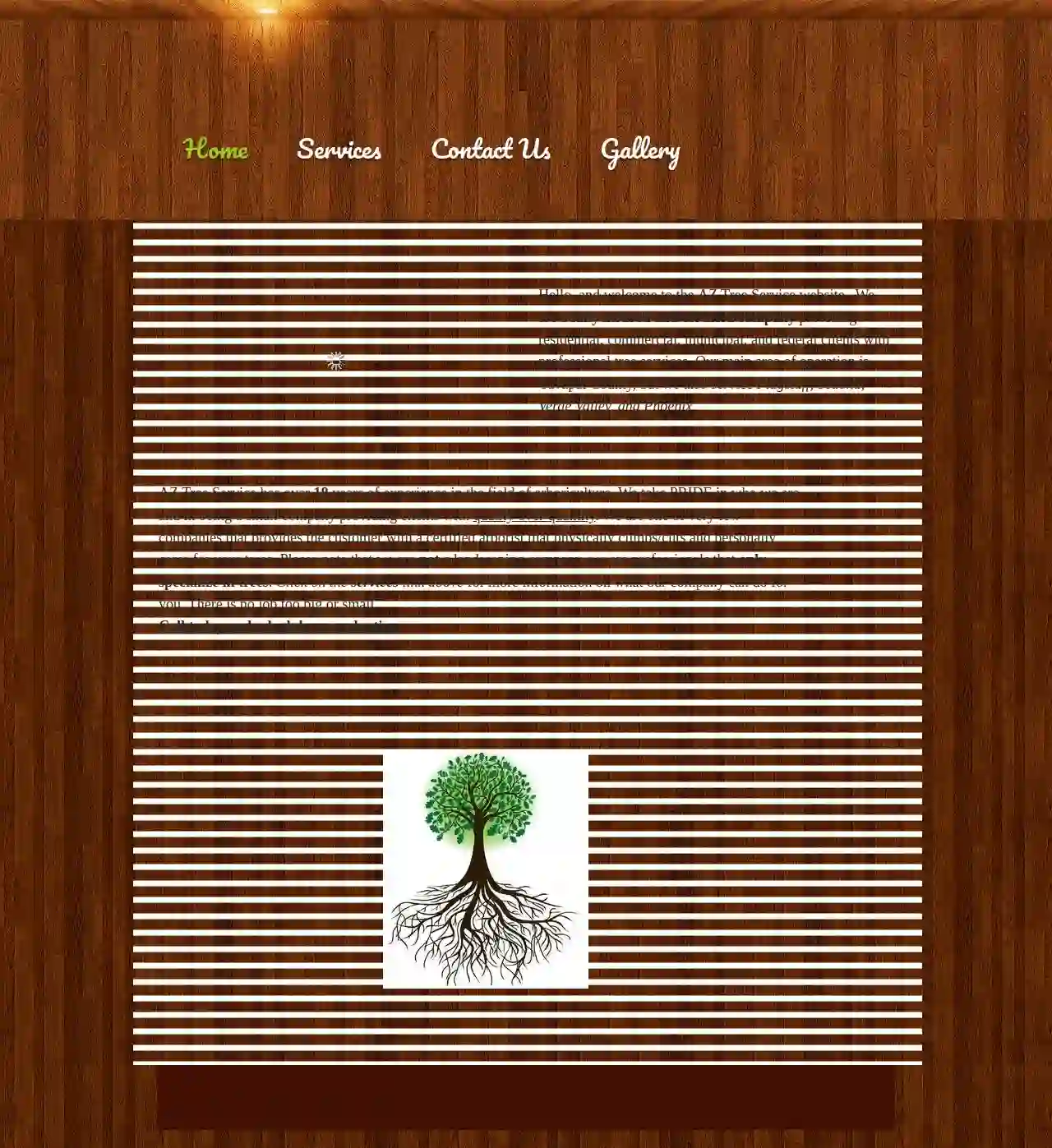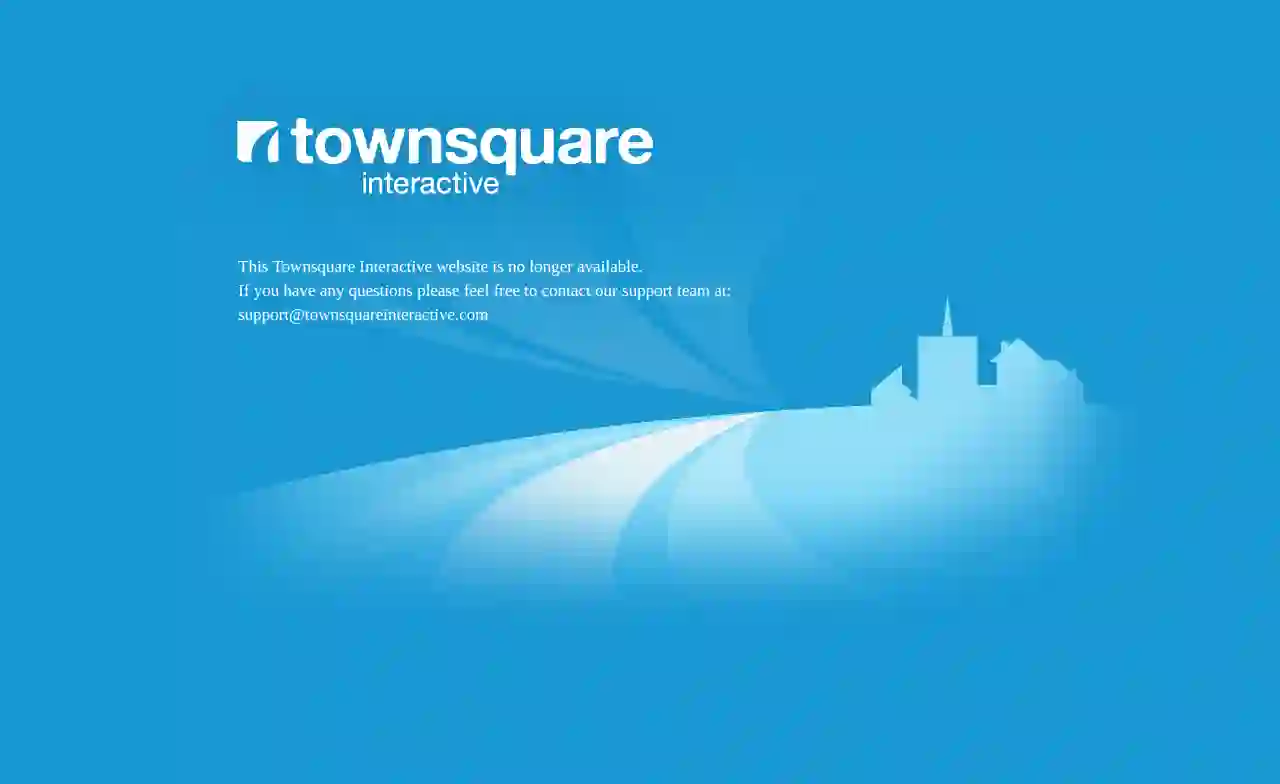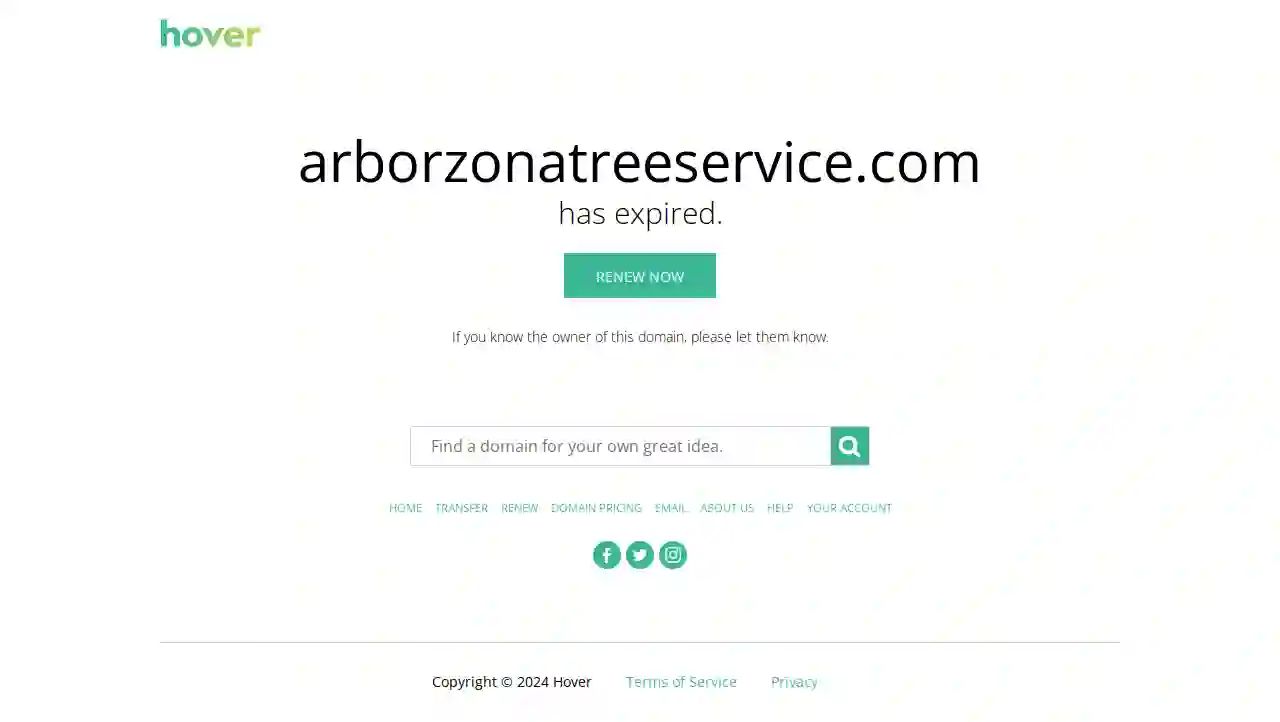Tree Trimming Phoenix
Find the best Tree Trimming Service in Phoenix
Receive multiple Tree Trimming quotes for your project today! Compare profiles, reviews, accreditations, portfolio, etc... and choose the best deal.

Arizona Treeworks
4.25 reviewsPhoenix, US- Services
- Why Us?
Get Quote
Jason's Tree Service
1Phoenix, AZ, 2718 W. McDowell Suite 5, 85009, USJason's Tree Service LLC is a professional tree service company based in Phoenix, Arizona. Established in 1960, they offer a wide range of services including tree removal, tree trimming, stump grinding, cabling and bracing, tree and debris removal, emergency tree removal, emergency cleanup, emergency storm damage, tree fertilization, plant fertilization, and lawn fertilization. Their team of experienced arborists and well-maintained equipment ensure competitively priced, quality work.
- Services
- Why Us?
- Accreditations
- Our Team
- Testimonials
- Gallery
Get Quote
AZ Tree Service
55 reviews123 Main St, Suite 101, Prescott, 86301, USHello, and welcome to the AZ Tree Service website. We are a fully insured and certified company providing residential, commercial, municipal, and federal clients with professional tree services. Our main area of operation is Yavapai County, but we also service Flagstaff, Sedona, Verde Valley, and Phoenix. AZ Tree Service has over 18 years of experience in the field of arboriculture. We take PRIDE in who we are and in being a small company providing clients with quality over quantity. We are one of very few companies that provides the customer with a certified arborist that physically climbs/cuts and personally cares for your trees. Please note that we are not a landscaping company, we are professionals that only specialize in trees. Click on the services link above for more information on what our company can do for you. There is no job too big or small. Call today and schedule an evaluation.
- Services
- Why Us?
- Accreditations
- Our Team
- Testimonials
- Gallery
Get Quote
Arizona Tree Team
1Phoenix, USThis Townsquare Interactive website is no longer available. If you have any questions, please feel free to contact our support team at: [email protected]
- Services
- Why Us?
- Gallery
Get Quote
Alia's Tree Services And Landscaping
534 reviews4328 E Darrel Rd, Phoenix, Az, 85042, USAlias Tree Services offers a variety of tree services for any home. Our workers have the experience necessary to leave your house in better shape than ever! We services the Phoenix, Ahwatukee, Gilbert, Glendale, Goodyear, Mesa, Peoria, Scottsdale and Tempe in Arizona.
- Services
- Why Us?
- Accreditations
- Our Team
- Testimonials
- Gallery
Get Quote
Tree Workers of Phoenix
561 reviews18402 N. 19th Ave. #115, Phoenix, AZ, 85023, USTree Workers of Phoenix is a family-owned and operated tree service company that has been in business since 1994. They offer a wide range of tree services including tree trimming, tree removal, tree planting, tree fertilizing, tree shaping, and emergency tree services. Their team of certified arborists are experienced and professional, dedicated to providing the best possible tree care for your property. They are fully licensed and insured, and offer competitive prices on all of their tree services.
- Services
- Why Us?
- Accreditations
- Our Team
- Testimonials
- Gallery
Get Quote
Arborzona Tree Service
4.946 reviewsPhoenix, US- Services
- Why Us?
Get Quote
Over 1,985+ Arborists in our network
Our tree care contractors operate in Phoenix and beyond!
TreeServiceMatch has curated and vetted the Best Tree Service Companies in Phoenix. Find a top & trustworthy pro today.
Frequently Asked Questions About Tree Trimming
- Species: Some trees require more frequent trimming than others.
- Age: Younger trees benefit from more frequent pruning to establish good structure.
- Health: Diseased trees might need more frequent attention.
- Growth rate: Faster-growing trees require more regular pruning.
- Location: Trees near structures or power lines might need more frequent trimming for safety.
- Make clean cuts: Use sharp, clean pruning tools to prevent the crushing or tearing of branches, reducing the risk of disease and decay.
- Follow the branch collar: This is the swollen area at the base of the branch. Never cut back into the branch collar, as this creates a wound that is difficult for the tree to heal.
- Remove dead, damaged, or diseased branches: This improves tree health and reduces hazards.
- Thin the crown: Selectively remove branches from within the crown to improve light penetration, air circulation, and reduce wind resistance. Thinning helps to maintain the natural shape of the tree without reducing its overall size.
- Reduce the crown: If necessary, reduce the size of the crown by shortening the branches back to strong lateral branches. This helps manage the size of the tree without damaging it.
- Avoid topping: Topping is a harmful practice that creates ugly growth and weakens trees. Never top your trees.
- Size and shape of the tree: The larger the tree, the more extensive the work will be.
- Accessibility: If the tree is difficult to reach, specialized equipment might be needed.
- Type of pruning required: Crown reduction or thinning can increase costs.
- Location: Regional differences in labor costs will affect pricing.
- Waste disposal: Removing and disposing of pruned branches adds to the expense.
- Use sharp, clean tools: Dull tools can cause tearing or crushing of the branches and increase the risk of disease.
- Wear safety gear: Protective clothing, eye protection, and gloves are crucial.
- Inspect the tree: Identify the branches that need pruning, such as dead or damaged branches.
- Use proper pruning techniques: Make clean cuts, following the branch collar. Don't remove too much of the crown in a single session.
- Dispose of the branches responsibly: Chip the debris or dispose of it according to local guidelines.
How often should I trim my trees?
A general guideline is to have trees inspected at least every 1-2 years by a certified arborist. They can create a tailored maintenance plan that includes the appropriate pruning schedule.
What is the best way to prune a tree?
For complex pruning tasks, such as crown reduction or thinning, it's strongly recommended to hire a certified arborist who has the expertise and experience to perform the work properly and safely.
How much does it cost to trim a large tree?
Requesting quotes from multiple tree care companies is highly recommended for receiving competitive pricing and accurate estimates for large tree trimming projects. TreeServiceMatch will help you compare your options and make an informed choice.
How to prune a tree safely?
How often should I trim my trees?
- Species: Some trees require more frequent trimming than others.
- Age: Younger trees benefit from more frequent pruning to establish good structure.
- Health: Diseased trees might need more frequent attention.
- Growth rate: Faster-growing trees require more regular pruning.
- Location: Trees near structures or power lines might need more frequent trimming for safety.
A general guideline is to have trees inspected at least every 1-2 years by a certified arborist. They can create a tailored maintenance plan that includes the appropriate pruning schedule.
What is the best way to prune a tree?
- Make clean cuts: Use sharp, clean pruning tools to prevent the crushing or tearing of branches, reducing the risk of disease and decay.
- Follow the branch collar: This is the swollen area at the base of the branch. Never cut back into the branch collar, as this creates a wound that is difficult for the tree to heal.
- Remove dead, damaged, or diseased branches: This improves tree health and reduces hazards.
- Thin the crown: Selectively remove branches from within the crown to improve light penetration, air circulation, and reduce wind resistance. Thinning helps to maintain the natural shape of the tree without reducing its overall size.
- Reduce the crown: If necessary, reduce the size of the crown by shortening the branches back to strong lateral branches. This helps manage the size of the tree without damaging it.
- Avoid topping: Topping is a harmful practice that creates ugly growth and weakens trees. Never top your trees.
For complex pruning tasks, such as crown reduction or thinning, it's strongly recommended to hire a certified arborist who has the expertise and experience to perform the work properly and safely.
How much does it cost to trim a large tree?
- Size and shape of the tree: The larger the tree, the more extensive the work will be.
- Accessibility: If the tree is difficult to reach, specialized equipment might be needed.
- Type of pruning required: Crown reduction or thinning can increase costs.
- Location: Regional differences in labor costs will affect pricing.
- Waste disposal: Removing and disposing of pruned branches adds to the expense.
Requesting quotes from multiple tree care companies is highly recommended for receiving competitive pricing and accurate estimates for large tree trimming projects. TreeServiceMatch will help you compare your options and make an informed choice.
How to prune a tree safely?
- Use sharp, clean tools: Dull tools can cause tearing or crushing of the branches and increase the risk of disease.
- Wear safety gear: Protective clothing, eye protection, and gloves are crucial.
- Inspect the tree: Identify the branches that need pruning, such as dead or damaged branches.
- Use proper pruning techniques: Make clean cuts, following the branch collar. Don't remove too much of the crown in a single session.
- Dispose of the branches responsibly: Chip the debris or dispose of it according to local guidelines.